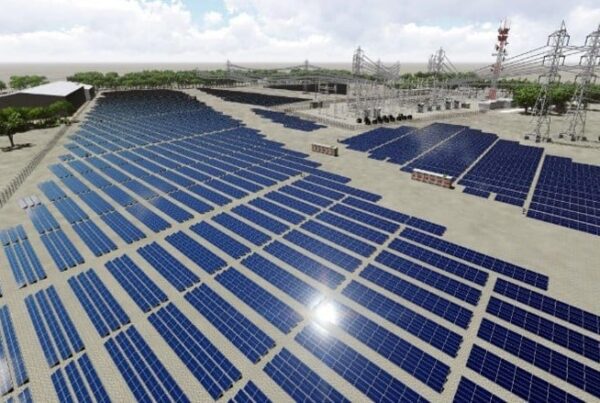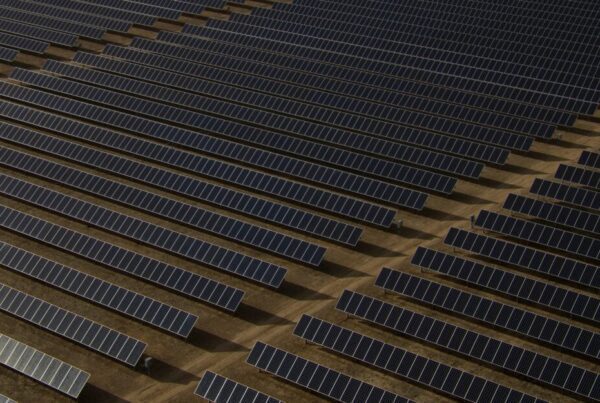
The plan has been made in partnership with Bakarat Investment, which Q-Sun described as an “emerging Omani investor.” PV Tech was unable to find a reference to Bakarat Investment prior to the announcement of this deal.
Oman has committed to a “Vision 2040” initiative, which seeks to expand local manufacturing, particularly clean energy manufacturing, and economic growth.
Qin Wenming, chairman of Q-SUN Solar, said: “Establishing an advanced PV module and cell facility in Oman enhances local manufacturing capabilities, promotes knowledge transfer by involving local youth, and spreads the craftsmanship and spirit of Chinese manufacturing to every corner of the world.”
Chinese solar manufacturers have been expanding into Gulf countries over recent months. Leading global manufacturer JinkoSolar revealed plans for a 10GW TOPCon cell and module facility in Saudi Arabia earlier this month, through a roughly US$1 billion joint venture (JV) with the Saudi state-run Public Investment Fund (PIF).
At the time of the announcement, JinkoSolar CEO Xiande Li said the JV was a “major milestone in the execution of our globalisation strategy, [to] enhance our global competitiveness.”
Later the same week, the PIF announced a 20GW deal with Lumetech, a subsidiary of Chinese manufacturing major TCL Zhonghuan Renewable Energy, to establish silicon ingot and wafer production capacity in the Kingdom.
In Oman, the Australian-founded United Solar Holding recently began construction on a 100,000MT solar polysilicon production facility. The site is expected to begin production in 2025.
Oman and the broader Middle East are strategically located for global trade, and the governments of the states in question have been investing heavily in renewable energy as they pivot from their traditionally oil-rich economies.
Oman also has a free trade agreement with the US. The US solar market is one of the largest and fastest-growing in the world, and its global solar supply is currently uncertain. Despite its manufacturing expansion, the US still relies heavily on imports to meet its solar deployment demands—this is currently threatened by the ongoing AD/CVD investigation into Chinese-owned solar cell production capacity in Southeast Asia. Alternative import routes would likely be welcomed by US developers.





